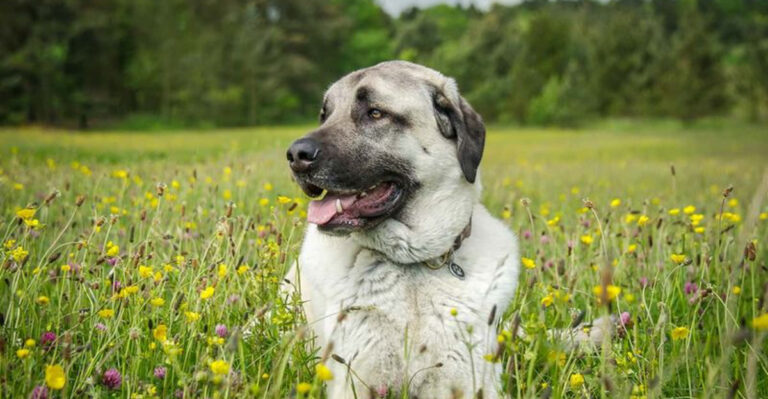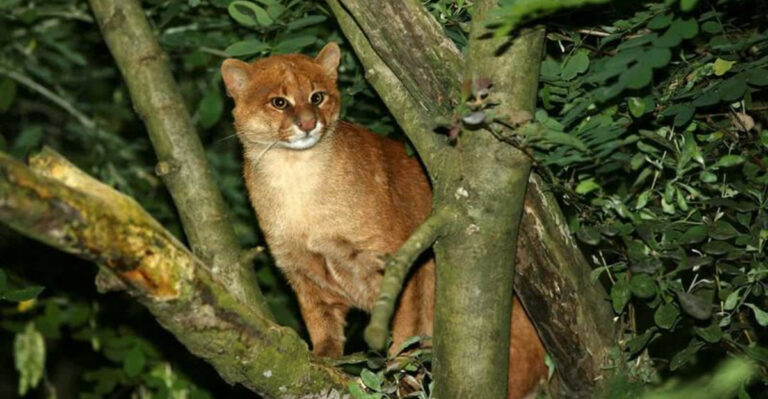10 Ways To Tell If Your Kitten Is Ready To Leave Its Mom (And 8 Signs That It’s Too Soon)
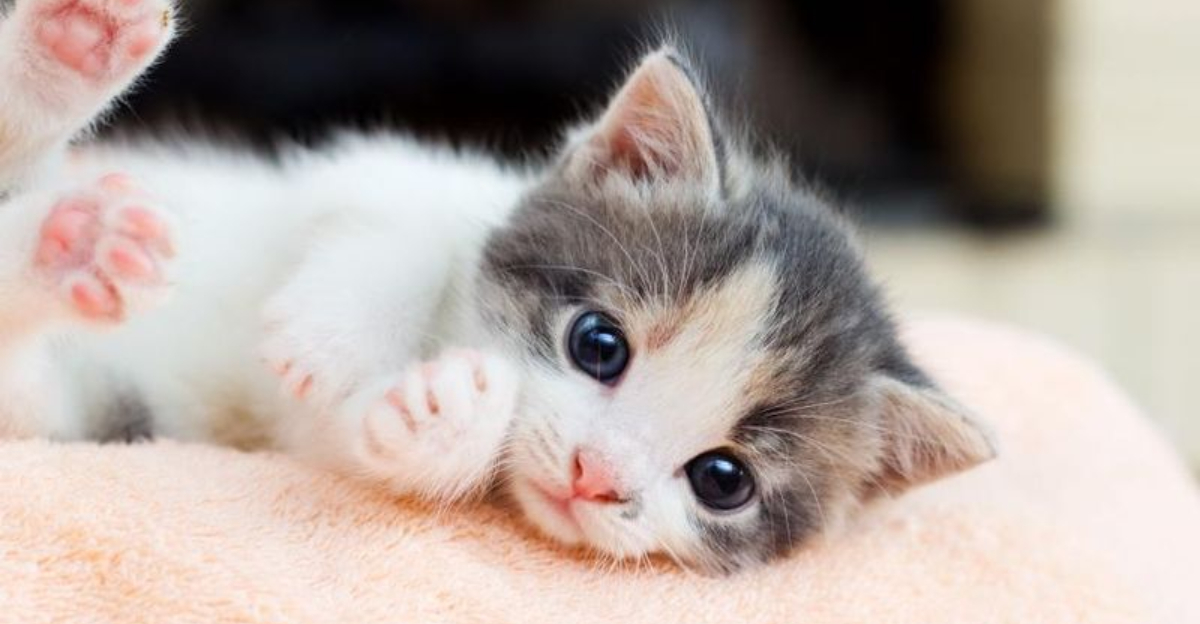
Bringing home a new kitten is exciting, but timing matters more than most people realize. Separating a kitten from its mother too early can lead to behavioral problems and health issues that might follow your furry friend for life.
On the flip side, knowing when a kitten is truly ready to leave ensures you’ll welcome a well-adjusted, confident companion into your home.
1. Steady On Their Paws
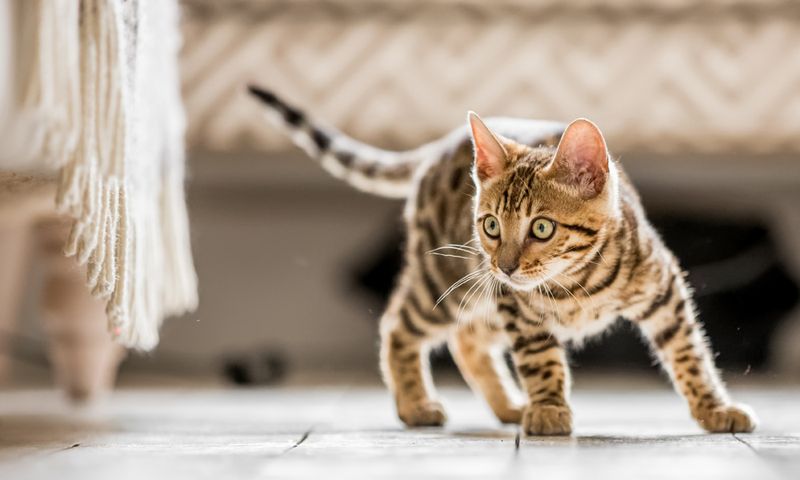
Watch how confidently your potential kitten moves around. Ready-to-adopt kittens demonstrate good coordination and balance, walking with purpose rather than wobbling unsteadily.
They should run, play, and even climb without hesitation or clumsiness. This physical capability indicates proper neurological development. A kitten that still stumbles frequently or seems uncoordinated needs more time with mom to develop these fundamental motor skills.
2. Independent Eaters
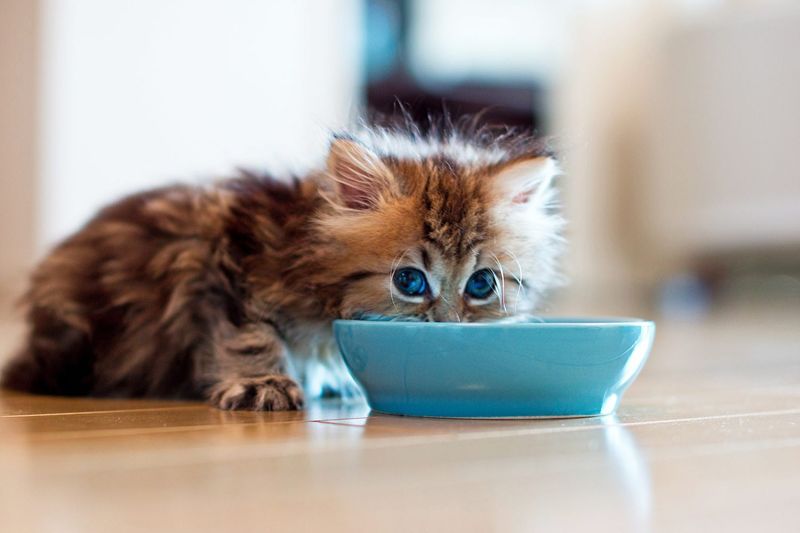
Ready-for-adoption kittens eat solid food consistently without assistance. They should eagerly approach their food bowl and eat kibble or wet food without prompting.
Observe them during mealtime – they’ll use their teeth effectively and show interest in various food textures. Kittens still relying heavily on nursing or those who struggle with solid food need more time with mom. This independence at mealtime demonstrates they can sustain themselves nutritionally in their new home.
3. Fully Weaned
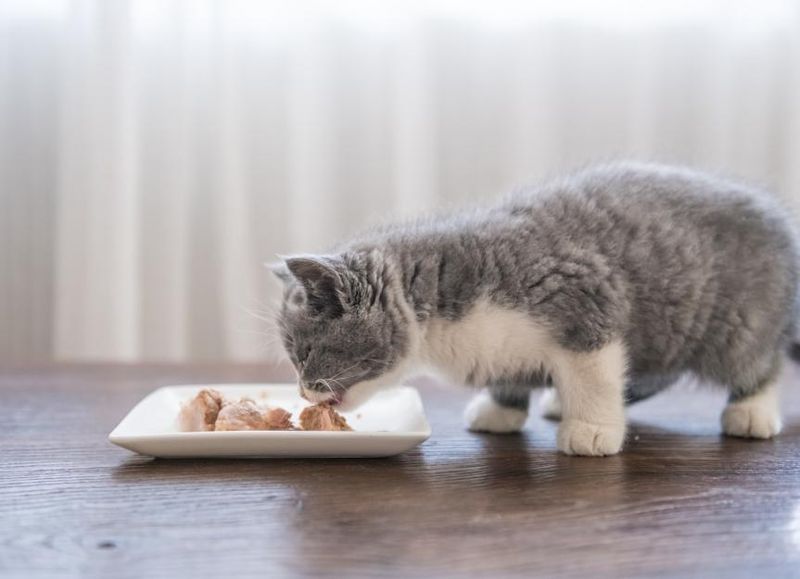
Complete weaning is non-negotiable before adoption. A properly weaned kitten shows no interest in nursing and hasn’t done so for at least two weeks.
They’ve fully transitioned to solid food, drinking water from a dish instead of seeking milk. This dietary independence signals their digestive system has matured appropriately. Kittens still attempting to nurse or showing strong nursing behaviors aren’t ready to leave their mother, regardless of their age.
4. Proper Litter Box Habits
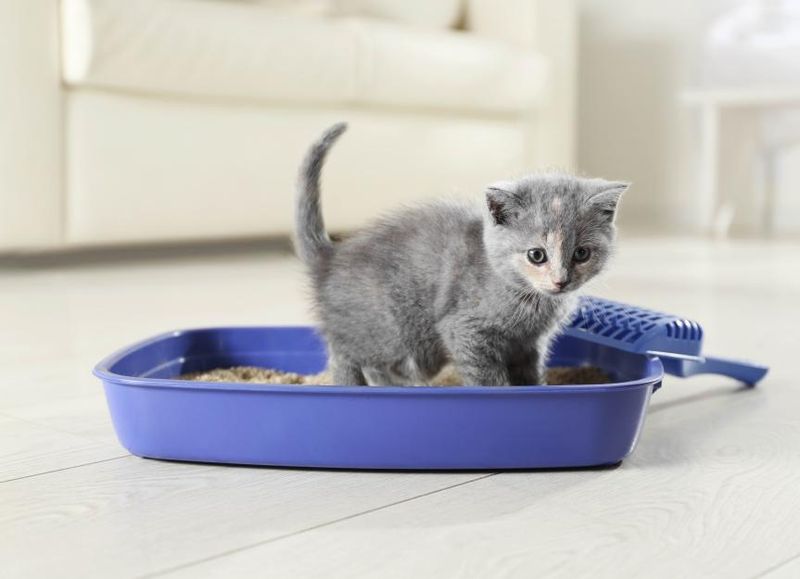
Reliable litter box use separates ready kittens from those needing more maternal guidance. Adoption-ready kittens consistently use the litter box with few or no accidents.
They instinctively dig, eliminate, and cover without prompting. This behavior is learned partially through observing their mother and partially through natural instinct. Kittens still having frequent accidents or showing confusion about the litter box will benefit from more time observing their mother’s bathroom habits.
5. Social Butterfly Behavior
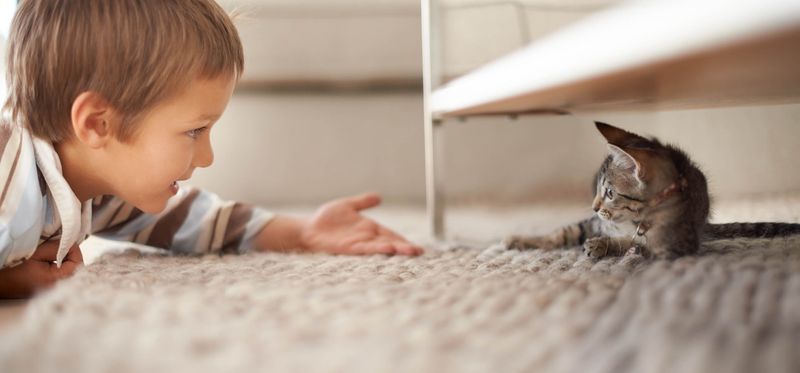
Ready-to-leave kittens show healthy curiosity about humans and new experiences. They approach people willingly, may purr when held, and recover quickly from startling events.
These kittens have learned appropriate social boundaries from their mother and siblings. They understand play intensity limits and rarely bite hard during interactions. A well-socialized kitten balances independence with affection-seeking, showing they’ve developed the social toolkit needed for human households.
6. Self-Grooming Skills

Watch for kittens that regularly clean themselves. Adoption-ready kittens spend time licking their paws, face, and body, mimicking the grooming behaviors they’ve observed from their mother.
This self-maintenance indicates they’ve internalized important hygiene habits. While they won’t be grooming experts yet, they should show these basic cleaning instincts. Kittens that never attempt to groom themselves still need their mother’s example and assistance with this crucial life skill.
7. Healthy Weight And Appearance
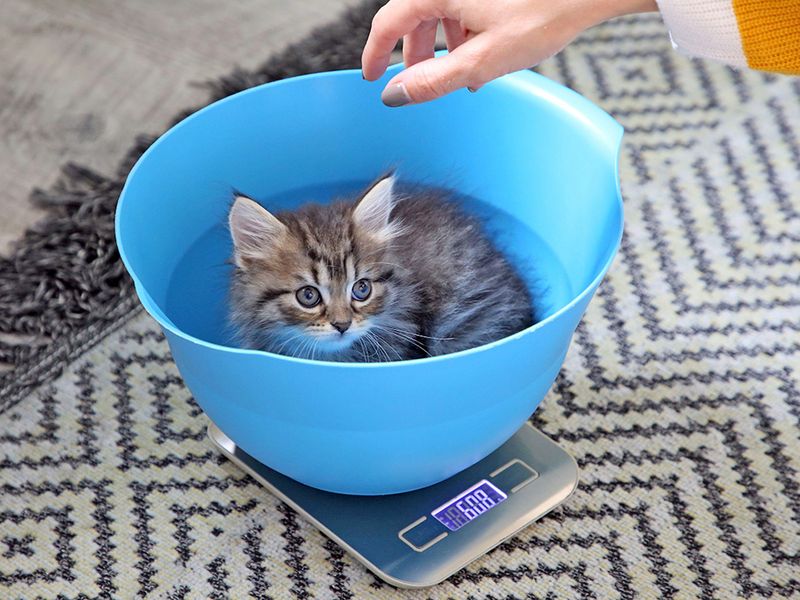
Physical health indicators speak volumes about readiness. A kitten prepared for adoption has a slightly rounded belly (but not bloated), bright clear eyes, and a clean, shiny coat.
Their body should feel solid when gently handled, not bony or excessively thin. Weight is particularly telling – healthy kittens typically weigh between 1.5-2 pounds at adoption age. Underweight kittens or those with dull coats benefit from extended maternal care to reach optimal health.
8. Playful Problem-Solvers
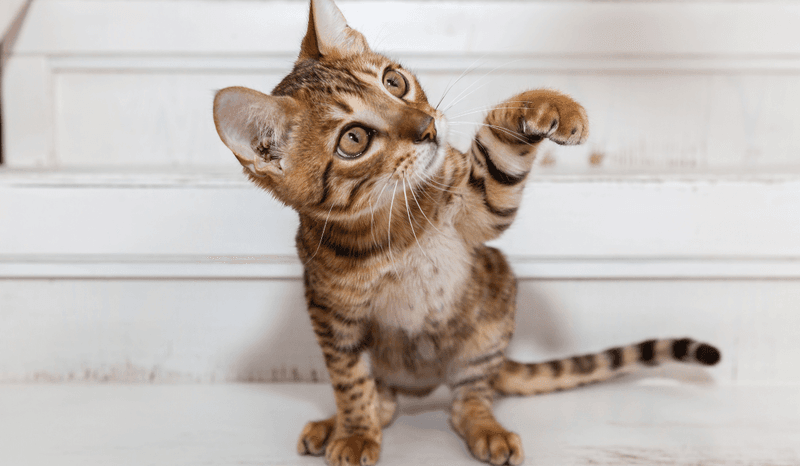
Mental development matters as much as physical growth. Ready-for-adoption kittens show curiosity and problem-solving abilities through their play.
They investigate toys, figure out simple puzzles, and adapt their play strategies based on outcomes. These kittens track moving objects well and show cause-and-effect understanding. Their play becomes increasingly sophisticated – pouncing accurately and stalking with purpose rather than random movements – signaling cognitive readiness for independence.
9. Emotional Resilience
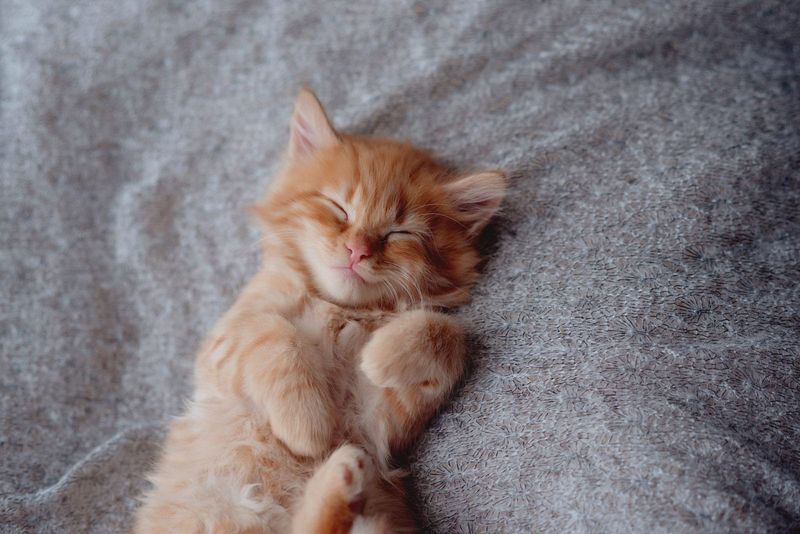
Mature kittens bounce back quickly from minor stresses. They might startle at loud noises but recover within seconds rather than hiding for extended periods.
This emotional resilience comes from the security they’ve developed through proper maternal bonding and sibling interactions. They show appropriate caution but not excessive fear. A kitten ready for adoption might be momentarily nervous in new situations but quickly returns to exploring and playing – a vital trait for adapting to a new home.
10. Age Milestone: 8-12 Weeks
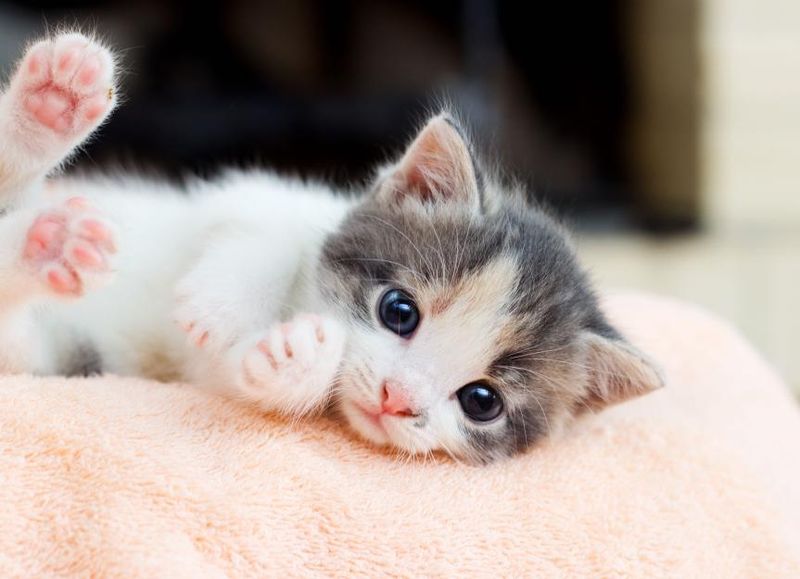
The calendar doesn’t lie when it comes to kitten development. Most veterinarians and animal welfare organizations agree that 8-12 weeks is the sweet spot for adoption.
During this period, kittens have received crucial antibodies from their mother’s milk and learned essential social skills from littermates. Their immune systems have developed enough to handle a new environment. Before eight weeks, they’re simply too vulnerable both physically and emotionally.
11. Too Young: Still Nursing Frequently
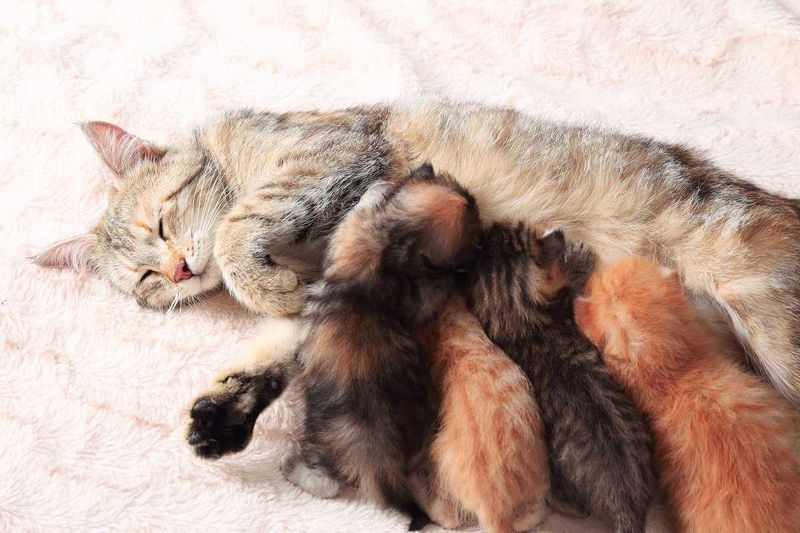
Frequent nursing attempts signal a kitten that’s not ready for separation. These kittens actively seek their mother’s nipples and become distressed when nursing access is restricted.
They may suckle on blankets, toys, or even siblings when mother isn’t available. This behavior indicates nutritional dependency that solid food alone can’t satisfy. Beyond nutrition, nursing provides comfort and security that young kittens need for proper emotional development – benefits they’ll miss entirely if separated too soon.
12. Too Young: Wobbly Walking
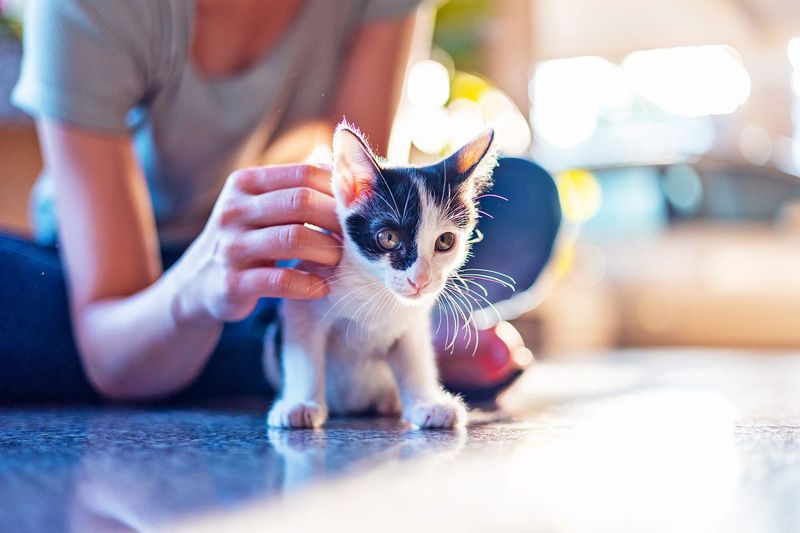
Unsteady movement is a clear sign a kitten needs more development time. Very young kittens have adorably wobbly walks, frequently tumbling or losing balance during simple movements.
Their coordination develops through play with siblings and exploration encouraged by their mother. Without this practice period, kittens may develop improper movement patterns that can affect them long-term. The mother cat also provides feedback during play that helps kittens understand their physical limitations and capabilities.
13. Too Young: Eyes Not Fully Changed Color
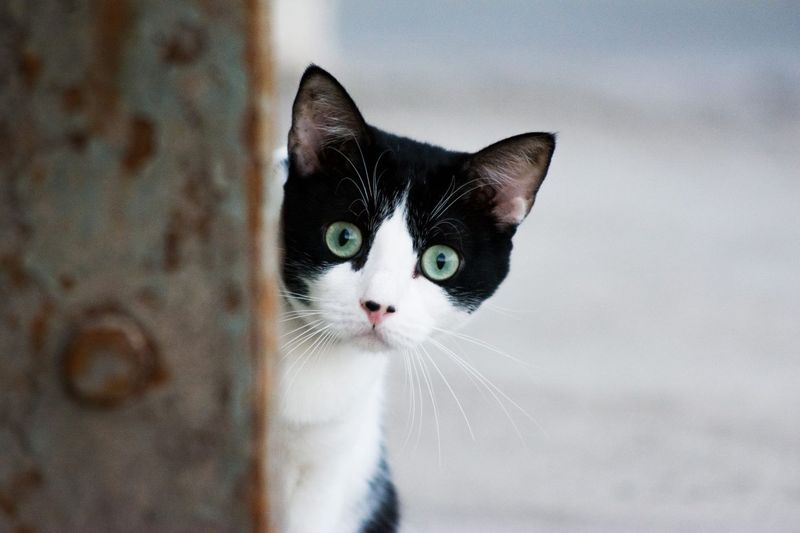
All kittens are born with blue eyes that gradually change to their adult color. If your kitten’s eyes are still blue (unless they’re a breed that naturally has blue eyes), they’re likely too young to leave mom.
This color change typically occurs between 6-8 weeks of age. The eye color transition coincides with important developmental milestones in vision acuity and depth perception. Premature separation during this critical visual development period can impact how kittens perceive and interact with their environment.
14. Too Young: Unable To Regulate Body Temperature
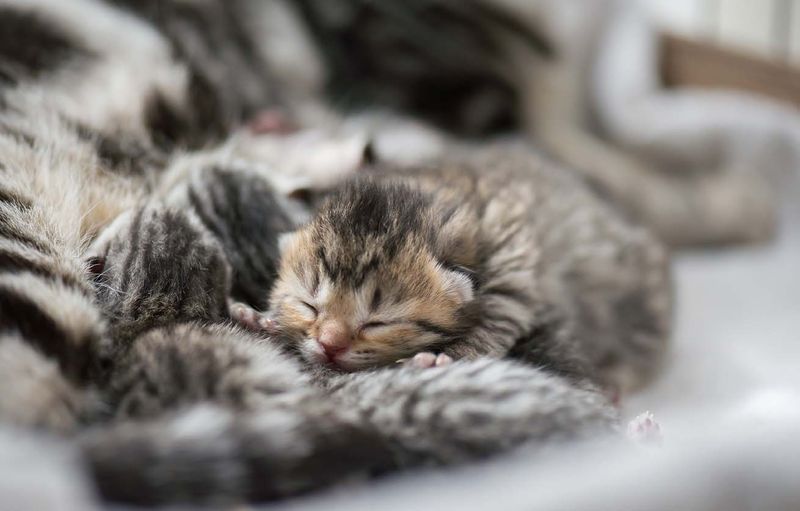
Very young kittens struggle to maintain their own body heat. You’ll notice them constantly seeking warmth – huddling with siblings, pressing against their mother, or gravitating to the warmest spot available.
They may shiver when separated from heat sources even in mild temperatures. This temperature dependency indicates an immature system not ready for independence. Mother cats provide crucial warmth regulation through body contact that heating pads or blankets simply cannot replicate effectively.
15. Too Young: Minimal Social Boundaries
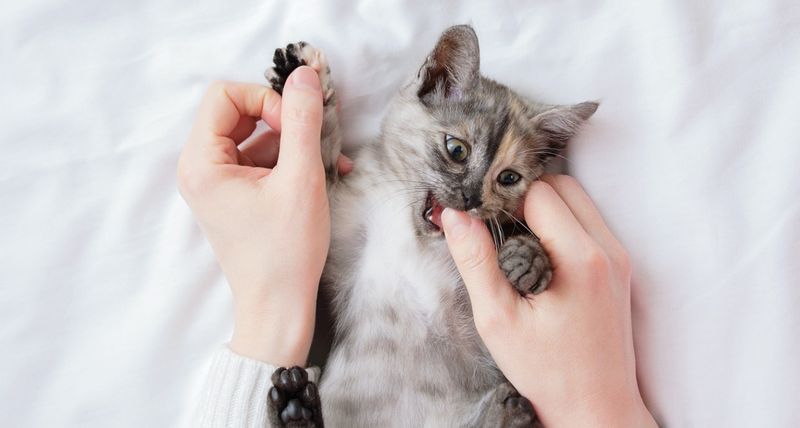
Underdeveloped social skills manifest as inappropriate play intensity. These kittens bite too hard, don’t respond to pain signals from siblings, and lack basic feline etiquette.
They haven’t learned the subtle communication cues that cats use to maintain harmony. This social education comes primarily from littermates’ reactions and maternal correction. Without completing this social learning period, kittens often develop problematic behaviors like excessive biting or aggression that can persist into adulthood.
16. Too Young: Excessive Neediness
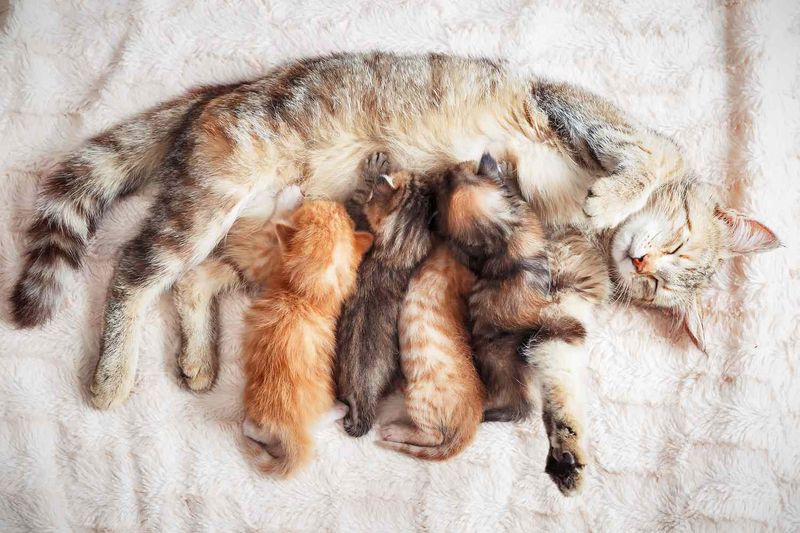
Extreme clinginess signals emotional immaturity in kittens. They become highly distressed when separated from their mother or siblings even briefly, crying continuously or refusing to eat when alone.
They may follow their mother obsessively, showing little independent interest in their surroundings. This dependency indicates incomplete emotional development. Kittens need gradual experiences with brief separations while still having the security of returning to mother – a natural process that builds confidence over several weeks.
17. Too Young: Incomplete Vaccination Schedule
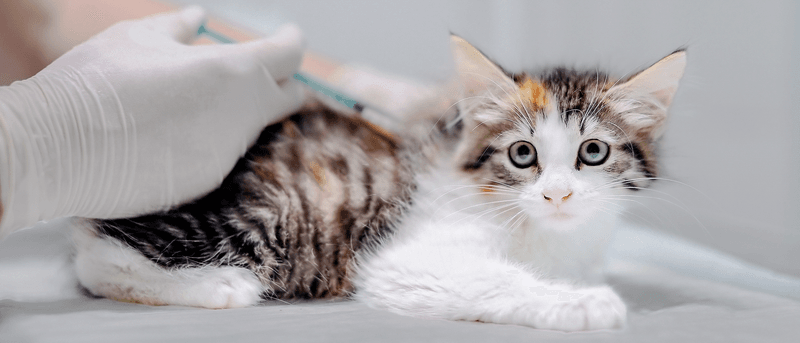
Medical readiness matters alongside behavioral milestones. Kittens typically receive their first vaccinations around 6-8 weeks, with boosters at 10-12 weeks.
A kitten that hasn’t received age-appropriate vaccinations isn’t medically ready for a new home. These early vaccines provide crucial protection against common feline diseases. Additionally, most veterinarians recommend kittens remain with their mothers until at least the first round of vaccines has been administered to benefit from maternal antibodies while their own immune systems develop.
18. Too Young: Inadequate Parasite Control
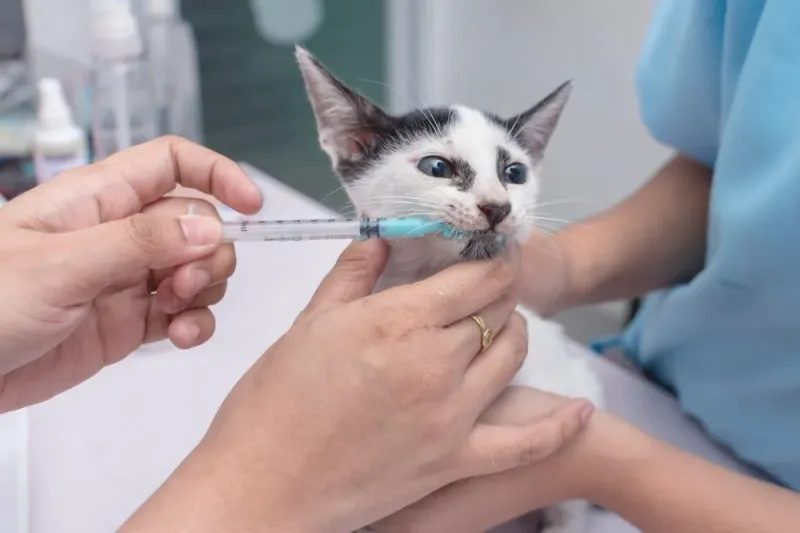
Proper parasite prevention is essential before adoption. Very young kittens haven’t typically received appropriate deworming treatments or flea prevention.
Their small size makes them particularly vulnerable to health complications from parasites. Responsible breeders and rescues ensure kittens receive age-appropriate parasite control before adoption. Without this preventative care, kittens can suffer from anemia, malnutrition, and other serious health issues that could have been easily prevented with proper maternal care and veterinary oversight.



